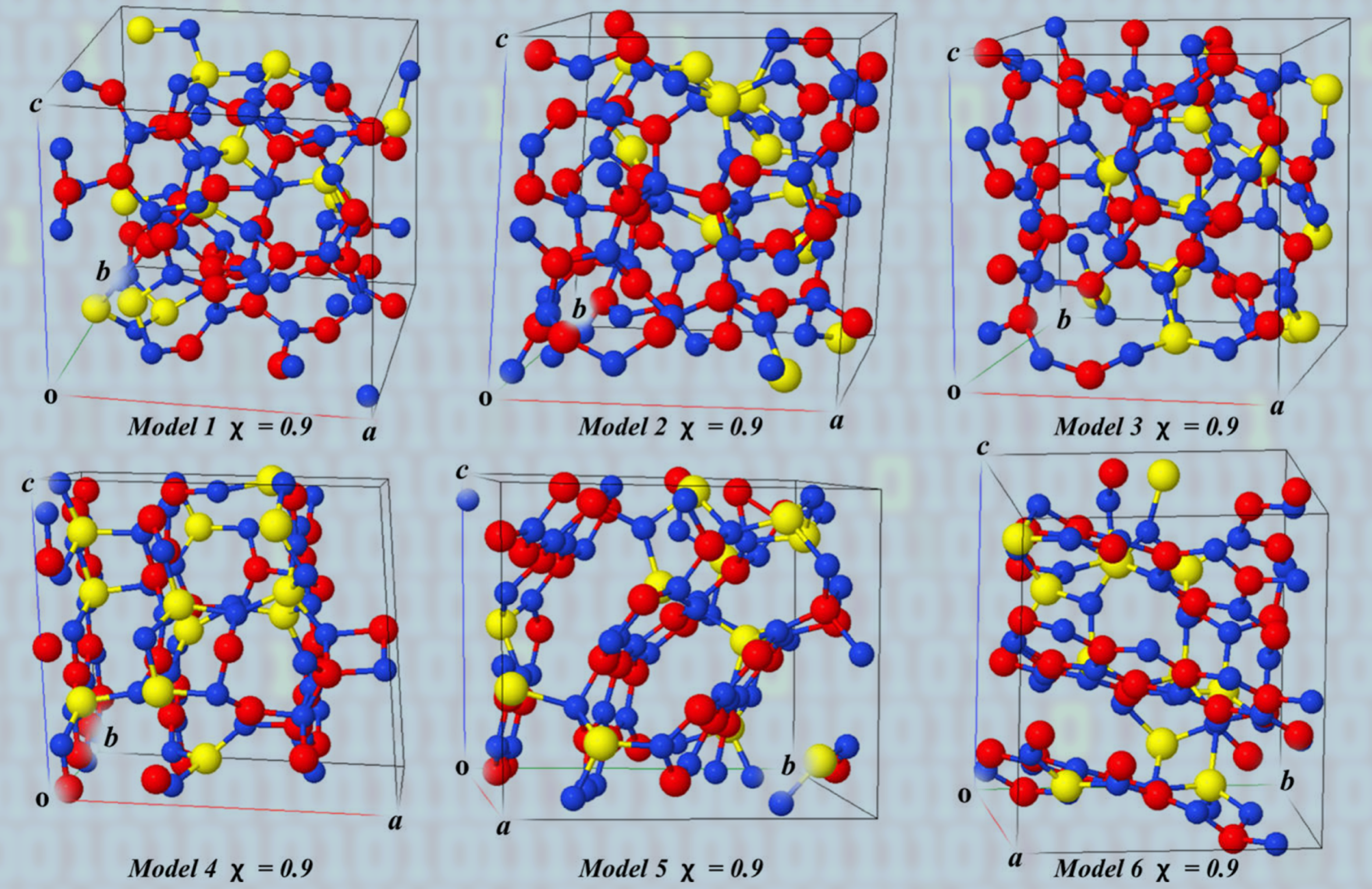Plasma Enhanced Atomic Layer Deposition (PE-ALD) is being developed and implemented in the microelectronics industry, for low temperature, conformal microfabrication of patterning spacers, gapfill, insulating liners, and uniform deposition in high/low aspect ratio features. Achieving a 50 to 100% increase in both Young’s modulus (a mechanical property that measures the tensile or compressive stiffness of a solid material) and density of amorphous(a)-SiO2 films deposited by PE-ALD would be a game changer for patterning spacer application. However, this is proving to be particularly challenging in practice, in large part due to lack of structural characterization – properties relation in amorphous materials.
Professor Traian Dumitrica (Mechanical Engineering; MSI PI) and his research group are working on a project that will gain the required fundamental knowledge from molecular level studies of a-SiO2 films and a-SiO2 films with dopants. Through an informatics approach based on ab initio atomistic calculations, the goal is to identify a range of dopants that can drive the desired substantial increase in properties.
Overall, this project, which received a UMII Seed Grant followed by a Lam Research Unlock Ideas grant, aims to demonstrate the viability and potential benefit of an informatics approach for the PE-ALD technology developed at Lam Research and other microelectronics centers. UMII Seed Grant funds are intended to promote, catalyze, accelerate and advance U of M-based informatics research in areas related to the MnDRIVE initiative, so that U of M faculty and staff are well prepared to compete for longer term external funding opportunities.
This project falls under the Robotics, Sensors, and Advanced Manufacturing research area of the MnDRIVE initiative.
Research Computing partners:
- University of Minnesota Informatics Institute
- Minnesota Supercomputing Institute
Industry Partners
- Pulkit Agarwal, Ravi Kumar, Nuoya Yan, Nerissa Draeger; Lam Research
Image description: Six atomistic models of amorphous structures with different stoichiometry χ developed by ab initio calculations.
